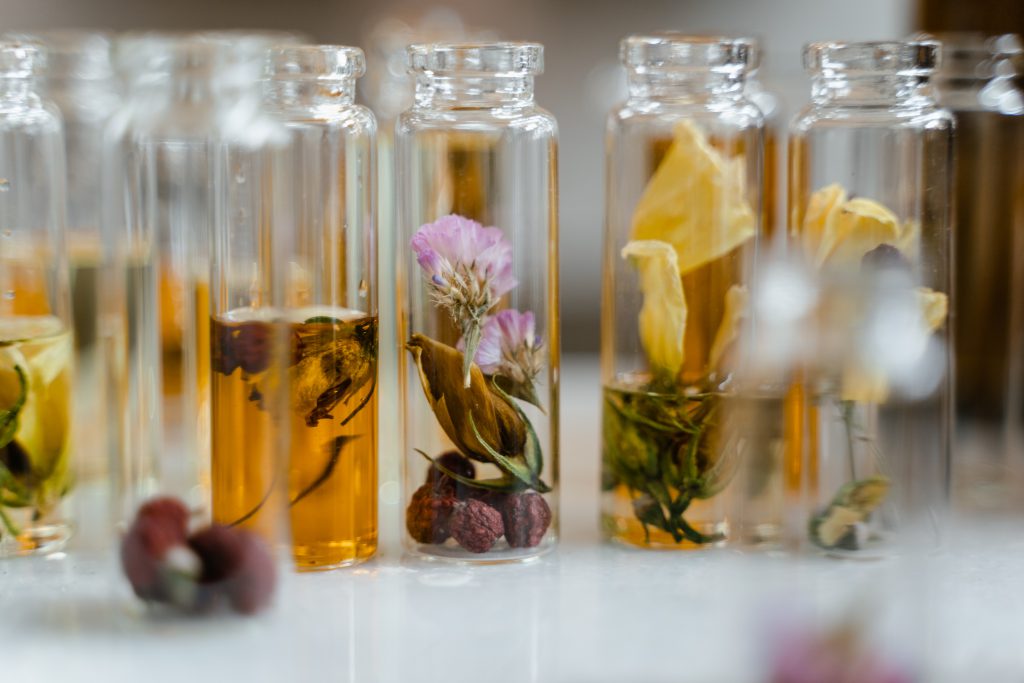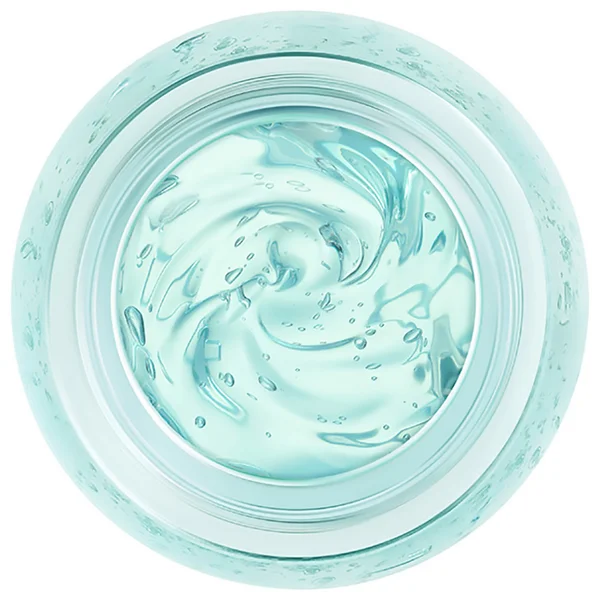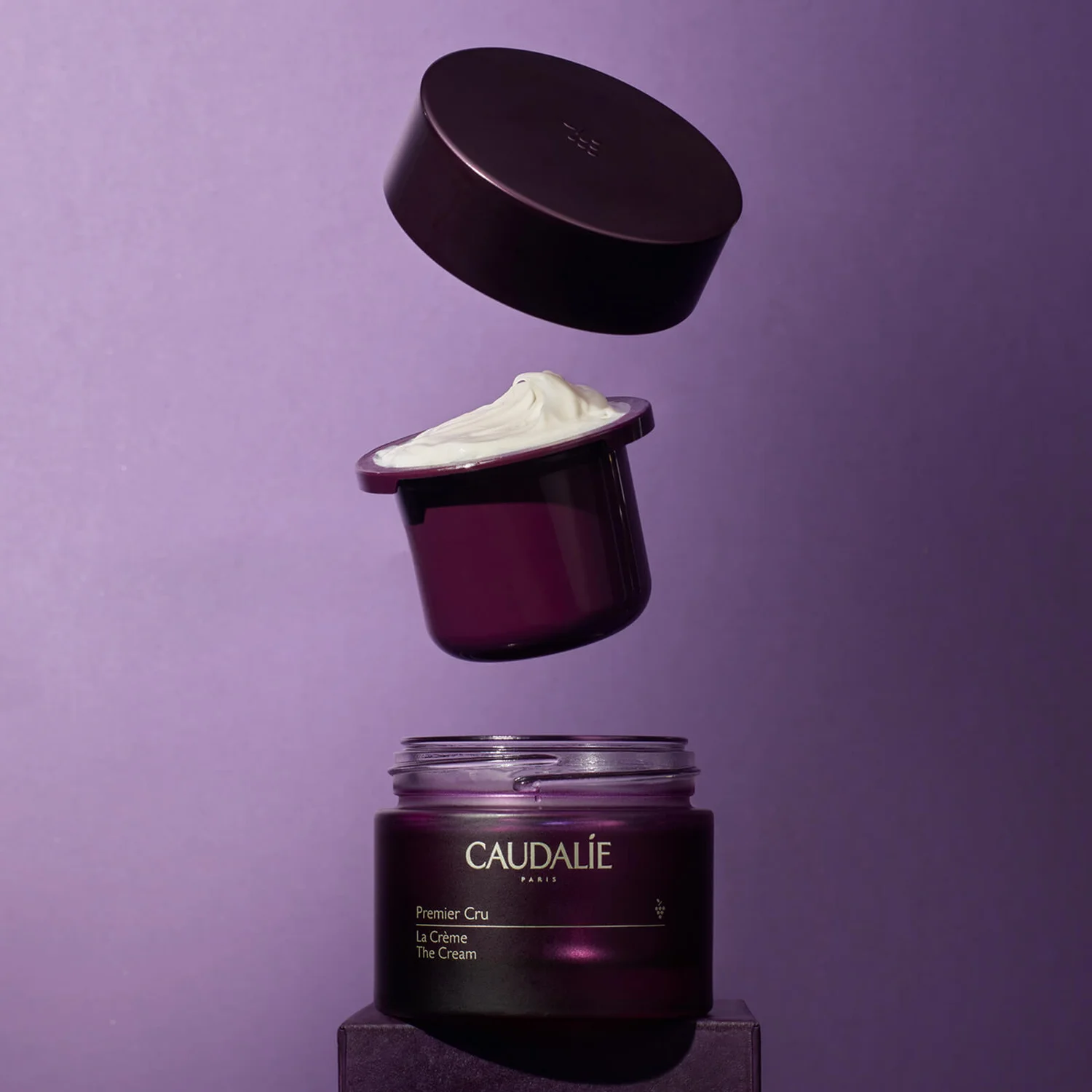Reap the Benefits of Eco-Friendly Skin, Hair, and Body Essentials

At 100% Pure, they are continually striving for sustainability in all aspects of our brand and the lines that we carry. We understand that none of us have achieved complete sustainability yet, however until then here are some categories to keep an eye on as well some products that stand out to us!
When it comes to sustainability, plastic is certainly not the answer. Shockingly, only 9% of recycled plastics are actually recyclable, according to the Environmental Protection Agency. To reduce our environmental footprint and make strides towards a more sustainable future, we must consider alternative materials that can be reused or repurposed.
Manufacturers are legally required to include the famous recycling symbol on all plastic items, giving us a false impression that if we recycle more efficiently, then our plastic waste issues would be solved. Nevertheless, even if we were able to recycle each and every single piece of plastic out there—which is nearly impossible—it still wouldn’t suffice; with only a 9 percent recyclability rate, it’s not enough. It falls upon the producers of plastics rather than consumers like you and me to find an effective solution for this problem.
1: Recycled Containers
Reforming containers out of recycled plastic or resin is a wonderful alternative to single-use plastics, however it’s vital to remember that they cannot be reused again. Even so, choosing this option is far superior than the wasteful consequences from using plastics once and discarding them.
2: Ditch Containers
Ditching containers altogether is the most sustainable option for packaging to date. Utilizing paper or cardboard around products allows you to recycle, reuse, and compost all of the elements in zero-waste packing – making it an incredibly eco-friendly choice! Choosing a zero-waste approach can make a significant difference in your sustainability efforts!

Good Juju Shampoo Bar for Balanced Hair
3: Opt for Glass
Glass has a much higher recycling rate compared to plastic, roughly 32 percent according to the EPA. The downside of glass is its weight and tendency for breakage when wet- something that needs special consideration in places such as bathrooms or showers. Additionally, sometimes you will find plastics with the glass (like bottle tops) so it’s important to separate them when disposing of your recyclable materials. Despite this extra effort however, using recycled glass remains an economical choice that can save resources effectively.
Intensive Nourishing Facial Oil

Vichy Mineral Face Mask with Vitamin B3 (2.54 fl. oz.)
5: Refillable Packaging is Best
Companies have found success in combining the sales of refillable containers made from recycled plastic or glass with a one-time purchase strategy. This has been particularly effective when selling products such as luxurious turmeric-infused moisturizers, eye shadows, blushes and much more. By refilling rather than discarding these containers after use, customers are significantly reducing their environmental impact while reaping cost savings benefits at the same time!

Caudalie Premier Cru Anti-Aging Cream Moisturizer Refill 50ml
6: Say No to Makeup Wipes
Whether you need a skin-refreshing face scrubber or an all-natural makeup remover, these eco friendly products will help reduce your dependency on unsustainable elements in your daily routine. These items are designed to last for years and can provide improved results compared to their less sustainable counterparts.
7: Biodegradable = Better
The EPA states that biodegradable plastic is composed of organic (non-synthetic) materials. For it to be considered as such, the material must possess the ability to partially break down over time. Compostable plastics are biodegradable, yet need to be processed in industrial waste management facilities that possess the capacity to break down plastic. The EPA has stated this should not be done with recyclable plastics as it can contaminate the entire load, resulting in its disposal into a landfill. Therefore, do not attempt recycling of compostable and biodegradable plastics together! At present, few beauty companies are utilizing biodegradable or compostable plastic in their packaging. Unfortunately, there is no EPA-approved system for home composting of plastic yet; however, once the technology develops we plan on introducing our own process!




